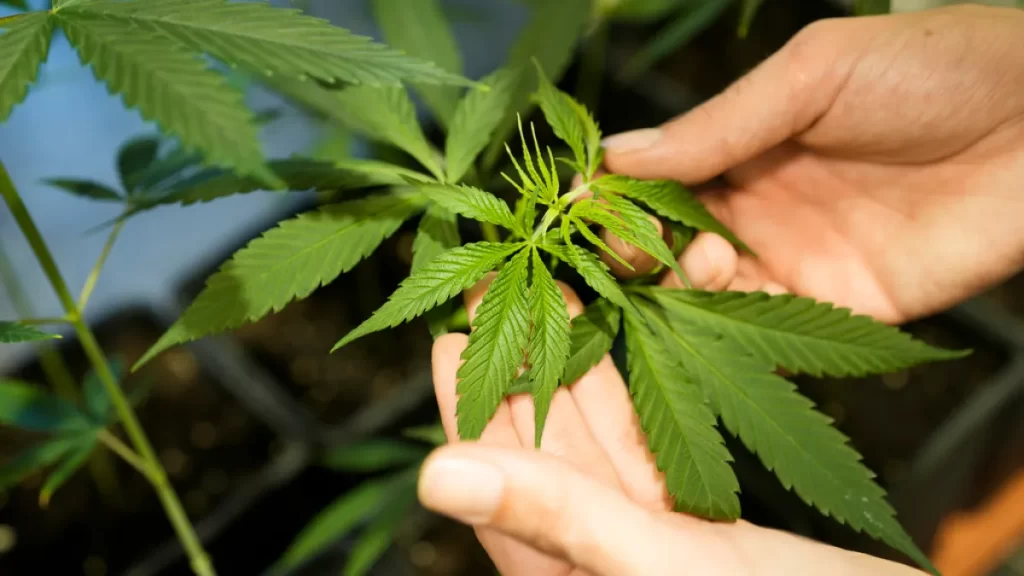9 Things Everyone Should Know About Cannabis
Cannabis, often called marijuana, is a complex plant with a rich history and a growing presence in modern culture. As legalization spreads and its use becomes more mainstream, it’s important to understand several key aspects of cannabis. Here are nine essential things everyone should know about this versatile plant.
1. History and Cultural Significance
Cannabis has been used for thousands of years, with evidence of its use dating back to ancient China and India. It has been utilized for medicinal, recreational, and industrial purposes, weaving itself into the fabric of various cultures. In the early 20th century, however, cannabis became criminalized in many parts of the world, driven by political and racial motivations rather than scientific evidence.
2. Components of Cannabis
Cannabis contains over 100 cannabinoids, with two of the most well-known being THC (tetrahydrocannabinol) and CBD (cannabidiol). THC is the psychoactive component that produces the “high” associated with cannabis use, while CBD is non-psychoactive and is praised for its potential therapeutic benefits. Understanding the distinction between these cannabinoids is crucial for consumers.
3. Legal Status and Regulation
The legal landscape of cannabis is rapidly changing. Countries like Canada and several U.S. states have legalized cannabis for recreational and medicinal use. However, it remains illegal in many parts of the world. The legal status affects everything from availability to quality control, making it essential for users to be informed about their local laws.
4. Medicinal Uses
Cannabis has been used medicinally for conditions such as chronic pain, epilepsy, multiple sclerosis, and anxiety. The FDA has approved a cannabis-derived drug, Epidiolex, for treating certain types of epilepsy. Ongoing research continues to explore the plant’s potential in treating a wide range of health issues, though more studies are needed to fully understand its benefits and risks.
5. Methods of Consumption
There are various ways to consume cannabis, including smoking, vaping, edibles, tinctures, and topicals. Each method has its own onset time and duration of effects. For example, smoking or vaping provides immediate effects, while edibles take longer to kick in but offer a longer-lasting experience. Choosing the right method depends on personal preference and desired outcomes.
6. Potential Risks and Side Effects
Despite its benefits, cannabis is not without risks. Heavy or prolonged use can lead to dependency and potential mental health issues such as anxiety, paranoia, or even psychosis in susceptible individuals. Additionally, the impact on developing brains is a significant concern, making it crucial to approach cannabis use with caution, especially for younger users.
7. The Entourage Effect
The entourage effect refers to the synergy between various cannabinoids and terpenes in the cannabis plant, which can enhance the therapeutic effects compared to isolated compounds. This phenomenon underscores the importance of using whole-plant products rather than single-molecule extracts, as the combined components may offer more significant benefits.
8. Industrial Hemp
Cannabis is not only valued for its psychoactive and medicinal properties but also for its industrial applications. Hemp, a variety of cannabis with low THC levels, can be used to produce textiles, paper, biodegradable plastics, and even construction materials. Hemp is also praised for its environmental benefits, such as requiring fewer pesticides and being a potent carbon sink.
9. Future Research and Innovations
As cannabis becomes more accepted globally, research and innovation are accelerating. Advances in cultivation techniques, new strains with tailored cannabinoid profiles, and improved methods of consumption are continually emerging. Additionally, scientific research is shedding light on how cannabis interacts with the human body, particularly the endocannabinoid system, paving the way for new medical applications.
Understanding these nine facets of cannabis provides a solid foundation for anyone looking to explore its uses, benefits, and risks. As society’s perception of cannabis evolves, staying informed will be key to making educated decisions about its use.
Recent Posts
- Kief Vs Hash: What are the Differences? September 26, 2024
- What are Terpenes and What are the Effects? September 19, 2024
- Top 5 Sativa Strains to Boost Creativity and Focus September 13, 2024
- Cannabis & Your Skin: Reduce Wrinkles, Fight Acne, and Look Younger! September 9, 2024
- Cannabis and Sleep Disorders: Best Strains and Consumption Methods for a Good Night’s Rest August 29, 2024
Categories

Our team curates new experiences for cannabis tastemakers throughout Canada. We hand-craft each Pink Pack from a wide spectrum of flowers, edibles, concentrates, topicals, and handcrafted accessories.
Choose from our selection of tailored experiences…




